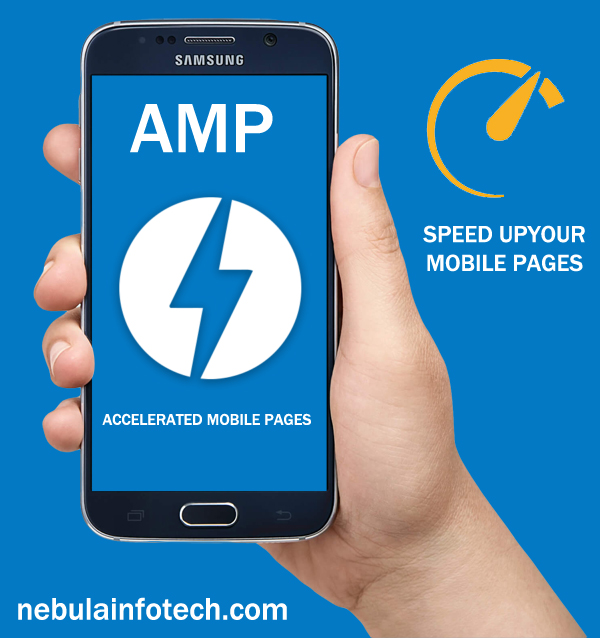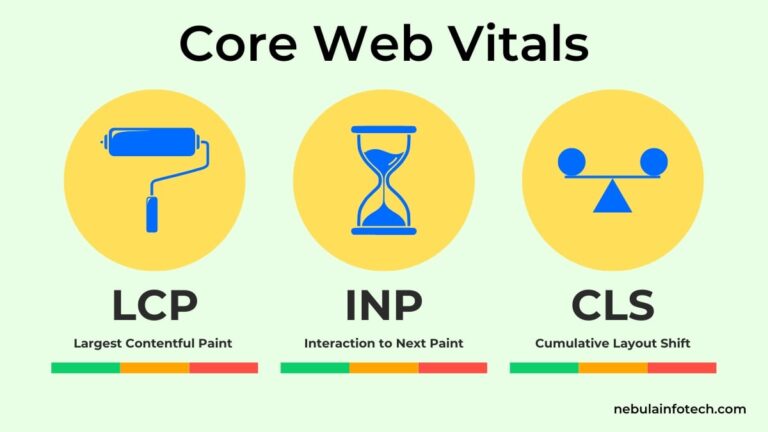The Accelerated Mobile Pages also known as AMP is a Google project. It was launched by Google in February 2016 with the goal of enhancing mobile internet performance.
The increased usage of mobiles for internet browsing has compelled websites to adapt to this smaller medium. The 60% of all web traffic comes from mobile devices. Hence, Google endeavored to enhance the mobile experience by ensuring elegant and fast loading pages.
You must have seen dedicated mobile versions of websites. It could be a subdomain e.g. m.example.com or internal directory e.g. example.com/mobile/. The development of a dedicated mobile website was influenced by increasing mobile users and issues designers faced designing mobile compatible pages.
The AMP project fixed this issue with the option to write code within the web page or create a subdomain or a directory for AMP pages.
AMP helps the pages load very quickly on mobile devices, tablets and phones. It is an open source initiative that aims to make the web better for all.

AMP pages are the web pages which can be linked and controlled by the user. It is an open-source library that provides a straightforward method to create powerful web pages that are compelling, smooth and almost instantaneous for the best user experience.
AMP builds on the user’s existing skill set and the framework for creating web pages. It is supported by a variety of different platforms and is highly compatible across different types of browsers.
AMP ecosystem covers the areas of local and small businesses, e-commerce, advertising, publishing and more with more than 100 technology providers and about 25 million domains. On account of deep coloration with several thousand of publishers, developers and websites, distribution platforms and tech companies, the idea of AMP was worked upon. Currently, more than 100 leading analytics ad techs and CMS providers support the AMP format.
Technical Side of AMP
The three core components that have been utilized for building AMP pages are AMP HTML, AMP JS and AMP Cache.
- AMP HTML is HTML with some restrictions for reliable performance.
- AMP JS is a library that ensures the fast rendering of AMP HTML pages.
- AMP Cache could be used to serve cached AMP HTML pages.
AMP offers stripped down HTML & JavaScript. It offers to write CSS within the web page and removes unnecessary code. Google caches AMP pages to serve them instantly from its servers.
AMP is especially beneficial for blogging and news websites and the content and advertisement is their highest priority. New websites like CNN, BBC and Guardian are using AMP .
AMP pages could be validated at AMP Validator.
The expectation of the day is to have apps and websites that load super fast and are easy to explore. In this fast moving life, time is the essence of the day. Everyone is in a hurry, they want everything to be done immediately. And so, if a website or app is slow, then chances are that the users would forsake it midway.
The time crunched user abandons the slow pages so even if you have a great article or blog, it would not gain traffic and the whole purpose of creating the website would be lost.
Accelerated mobile pages are web pages that have been designed to load almost instantly.
These pages are the closest to a better mobile online experience for everyone. Hence AMP is a much sought after technology and producers and advertisers from all over the world are looking to launch their webpages on it. Thus we find that this AMP project is making a great impact in the time of growing mobile browsing and meeting the demand of the present requirement.
Pros of AMP
- Improves SEO & rankings with speed
- Better mobile user experience
- Easy to manage
- Uses major HTML tags
Cons of AMP
- Limited design & functionality
- Dependency on Google for caching
- Updated content may not be visible to users sometime due to high caching
- Error in Code could reject entire page
I am Sunil Tarwara, a seasoned IT professional with over 13 years of hands-on experience in Website Development and Digital Marketing. With a deep understanding of the challenges faced by businesses, I have been trusted by hundreds of clients to achieve their digital goals. I have Master’s degree in Information Technology.
Apart from websites, I like hill stations.



